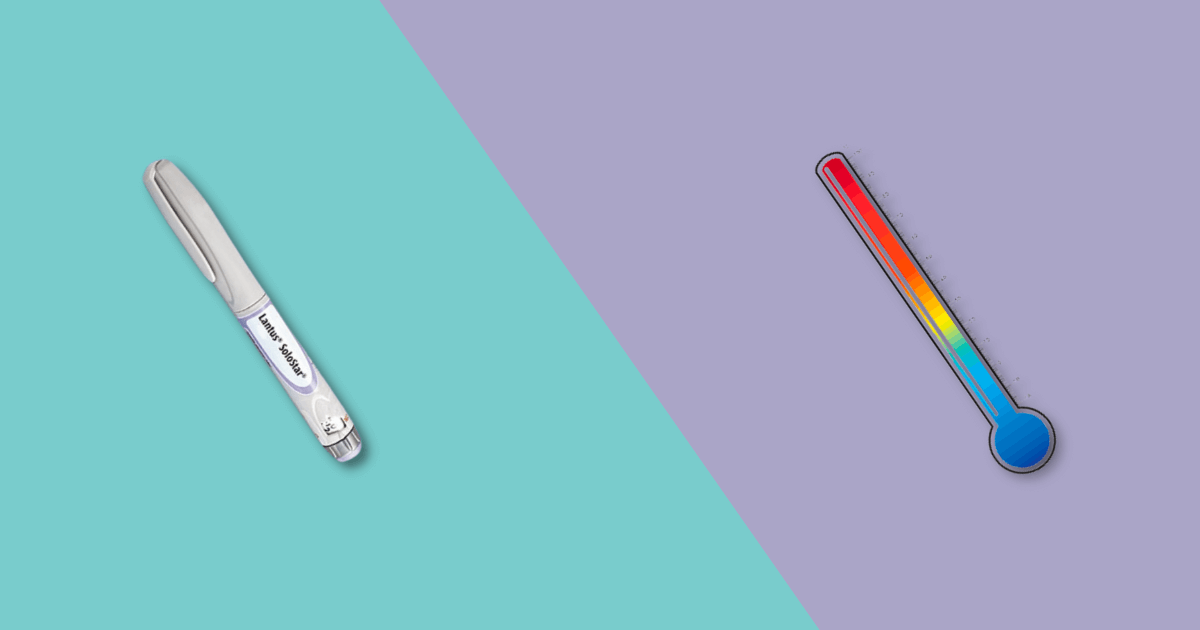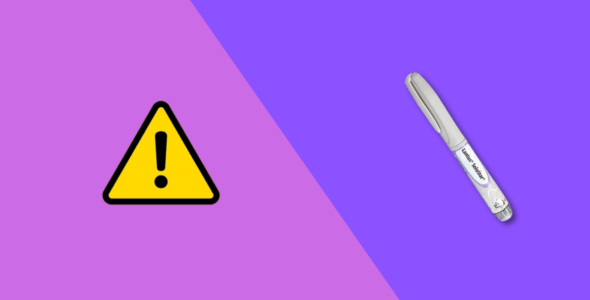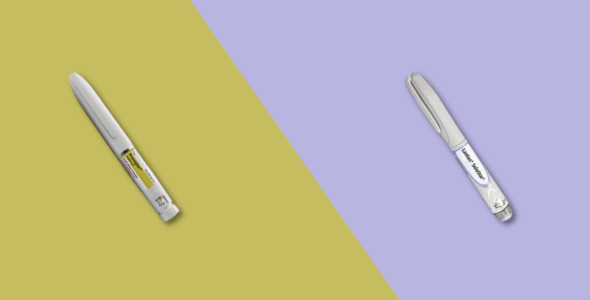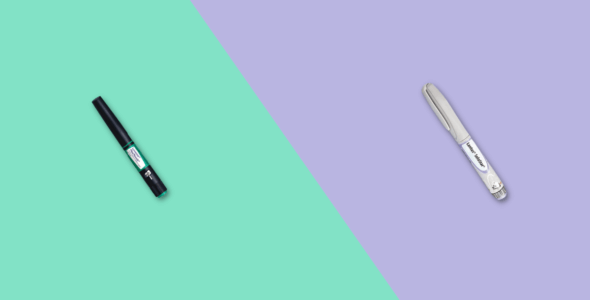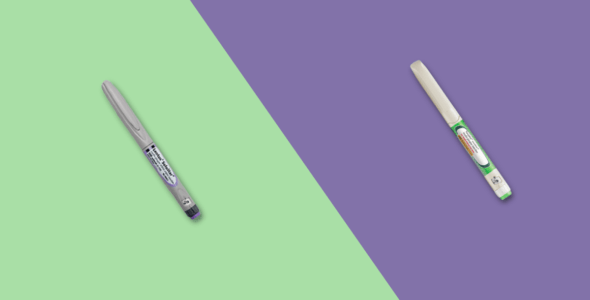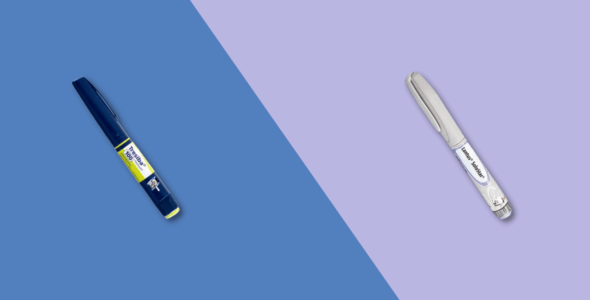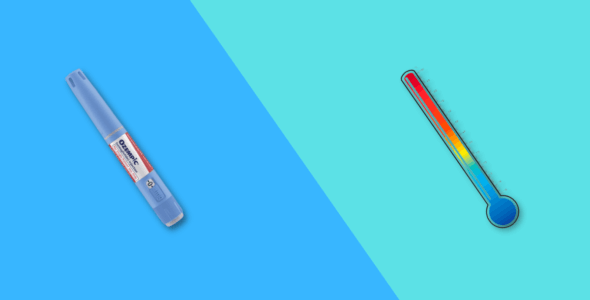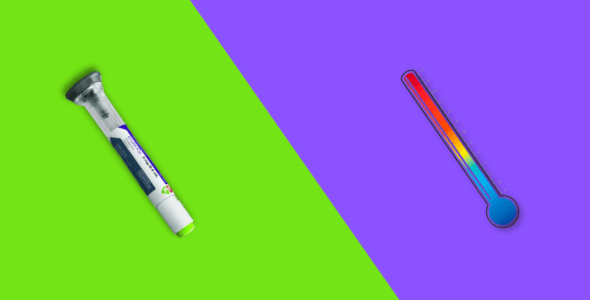Does Lantus need to be refrigerated?
Key highlights
- Lantus should be stored in the refrigerated between 36°F to 46°F (2°C to 8°C) before first use.
- After first use, Lantus can be stored in the refrigerator between 36°F to 46°F (2°C to 8°C) or at room temperature for up to 28 days.
- Do not freeze Lantus.
Table of contents
- What is Lantus (insulin glargine)?
- Does Lantus need to be refrigerated?
- Can Lantus stay out of the fridge?
- Can Lantus be frozen?
- How do you dispose of your Lantus pen needle or syringe?
- What are the side effects of Lantus?
- When should you not use Lantus?
- What are some drug interactions with Lantus?
- What dosage forms and strengths of Lantus are available?
- What do I do if I miss a dose of Lantus?
- How do I take Lantus?
Lantus is a brand-name type of insulin that needs to be stored in the refrigerator between 36°F to 46°F (2°C to 8°C) before its first use. Lantus is available as a vial, and a prefilled insulin pen that is manufactured by Sanofi-Aventis U.S. Learn more about the storage conditions for Lantus and how to store it before and after you start using this medication.
What is Lantus (insulin glargine)?
Lantus is a long-acting insulin that is FDA-approved, along with diet and exercise to improve blood glucose levels in adults with type 2 diabetes and adult and pediatric patients (6 years and older) with type 1 diabetes. Lantus is not approved for the treatment of diabetic ketoacidosis.
Lantus is used as a basal insulin when your body does not make enough natural insulin. It also helps reduce the need for short-acting insulins to keep your blood sugars within normal range. Natural or endogenous insulin promotes the storage and inhibits the breakdown of glucose, fat, and proteins. Insulin controls high blood sugar by increasing the uptake of glucose into your muscle and tissues. It also prevents your liver from producing more sugar.
You should talk to your healthcare professional for medical advice about the possible risks and benefits of Lantus before starting treatment.
Does Lantus need to be refrigerated?

Before the first use of Lantus: Store your unopened Lantus vial and Lantus SoloStar pen in the refrigerator between 36°F to 46°F (2°C to 8°C) away from heat and light. Do not freeze Lantus. Store your SoloStar pen with the pen cap on when it is not in use. Unopened insulin vials and pens can be used until the expiration date on the carton if they have been properly stored in the refrigerator. Unopened vials and pens should be discarded after 28 days if they have been stored at room temperature.
After the first use of Lantus: After you have used Lantus for the first time, you can store the open vials in a refrigerator from 36°F to 46°F (2°C to 8°C) or at room temperature below 86°F (30°C) for up to 28 days. You should store your SoloStar pen at room temperature below 86°F (30°C). Do not put your SoloStar pen back in the refrigerator. Discard your Lantus vial or Solostar pen 28 days after its first use, even if it has insulin left in it.
Can Lantus stay out of the fridge?
After its first use, Lantus vials can be stored in a refrigerator from 36°F to 46°F (2°C to 8°C) or at room temperature below 86°F (30°C) for up to 28 days.
Lantus SoloStar pens should not be put back in the refrigerator and should be kept at room temperature below 86°F (30°C) after their first use. They can be kept at room temperature for up to 28 days.
Do not store your Lantus vial or SoloStar pen in your car. Similar to other antidiabetic medications like Levemir (insulin detemir), Toujeo SoloStar (insulin glargine), Basaglar (insulin glargine), and Apidra (insulin glulisine), Lantus is very sensitive to low and high temperatures.
Can Lantus be frozen?
You should not freeze your Lantus vial and Lantus SoloStar pen or store them directly next to the cooling element in your refrigerator. You should immediately discard your vial or SoloStar pen if it becomes frozen. Do not thaw it out and reuse it.
How do you dispose of your Lantus pen needle or syringe?
You should place your used pen needles and syringes in an FDA-approved sharps disposal container immediately after use. Do not dispose of your pen needles and syringes in your household trash. If you don’t have an FDA-approved sharps container, you can use a container that is made of heavy-duty plastic and can be closed tightly with a puncture-resistant lid. It should also be leak resistant and labeled properly to warn others that there is hazardous waste inside the container. When your sharps container is full, follow your local guidelines for the proper way to dispose of it.
For more specific information about safe sharps disposal in the state that you live in, go to: http://www.fda.gov/safesharpsdisposal.
What are the side effects of Lantus?
Some common side effects of Lantus include:
- Common cold symptoms
- Low blood sugar
- Infection
- Headache
- Swelling (edema)
- Injection site reactions
- Weight gain
- Rash
- Itching
Rare but serious side effects of Lantus can include:
- Serious allergic reactions (hives, swelling of the tongue or throat, shortness of breath, or trouble breathing)
- Low potassium levels (hypokalemia)
- Heart failure if used along with TZDs (thiazolidinediones)
- Severely low blood sugar (hypoglycemia)
You should talk to your healthcare provider about the potential side effects of Lantus before starting treatment.
When should you not use Lantus?
Do not use Lantus if you have a known hypersensitivity reaction to insulin glargine or any inactive ingredients in this product. You should also not use Lantus if you currently have low blood sugar levels. You should let your doctor know if you are pregnant, plan on becoming pregnant, are breastfeeding, or if you have medical conditions such as hypokalemia (low potassium levels) or heart failure.
What are some drug interactions with Lantus?
Make sure your healthcare provider is aware of all the prescription medications, over-the-counter drugs, vitamins, and supplements as they may interact. Some interactions with Lantus include:
- Antidiabetic medications, including short-acting insulins such as Novolin R (regular insulin), Humalog (insulin lispro), or Novolog (insulin apart)
- Antiadrenergic medications such as beta-blockers and clonidine
What dosage forms and strengths of Lantus are available?
Lantus is available in a strength of 100 units/ml in a 10ml multi-dose vial or a 3ml single-patient-use SoloStar prefilled pen
What do I do if I miss a dose of Lantus?
It is important for you not to miss a dose of Lantus. Your doctor or diabetic care team should develop a plan for missed doses with you. If you do miss a dose, follow their plan. Do not take extra doses of Lantus to make up for a missed dose.
How do I take Lantus?
- Use Lantus exactly how your doctor prescribes it to you. Do not change your dose or stop taking this medication without discussing it with them first.
- Check your insulin dose and label each time you give an injection to reduce the risk of medication errors.
- Do not reuse needles or syringes as it can increase your risk of not getting the correct dose of Lantus. Using new needles and syringes with each injection also reduces your risk of infection.
- You can take this medication at any time of the day but it should be taken at the same time each day.
- Do not use Lantus if the solution is cloudy or has any color to it.
- You can inject Lantus under the skin of your thighs, upper arms, or stomach. Rotate your injection site with each dose to reduce the risk of skin reactions. Do not inject this medication into thickened skin or skin that has pits or lumps. You should also avoid skin that is damaged, scarred, tender, bruised, or scaly.
- Lantus should not be used in an insulin pump or injected into your vein (intravenously).
Medically reviewed
A medical professional has reviewed this article.


Jamie Winn, PharmD
Jamie Winn, PharmD
Dr. Jamie Winn received his Doctor of Pharmacy in 2002 from the University of South Carolina College of Pharmacy, Columbia, SC. Jamie is a medical reviewer for NiceRx.

